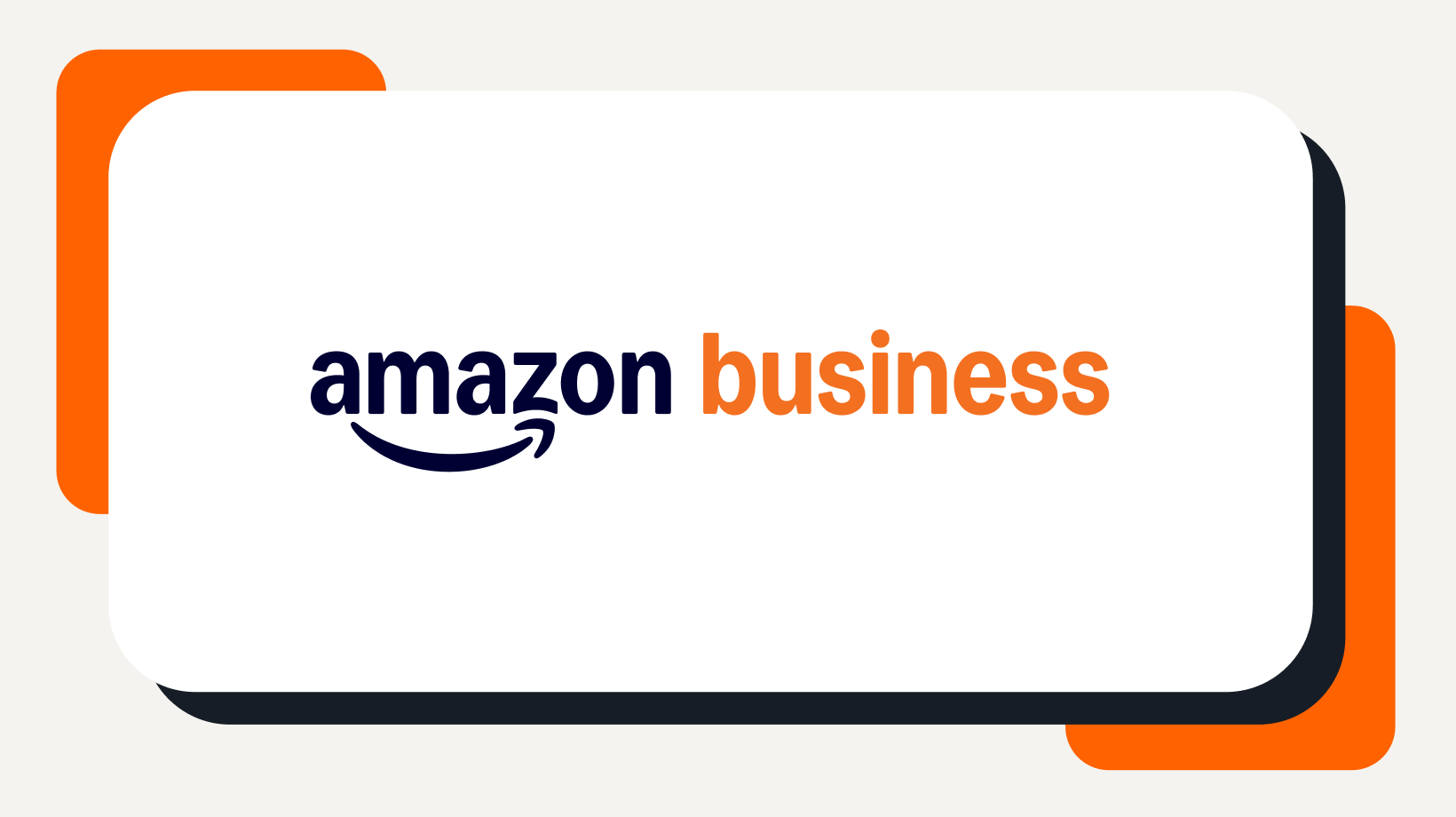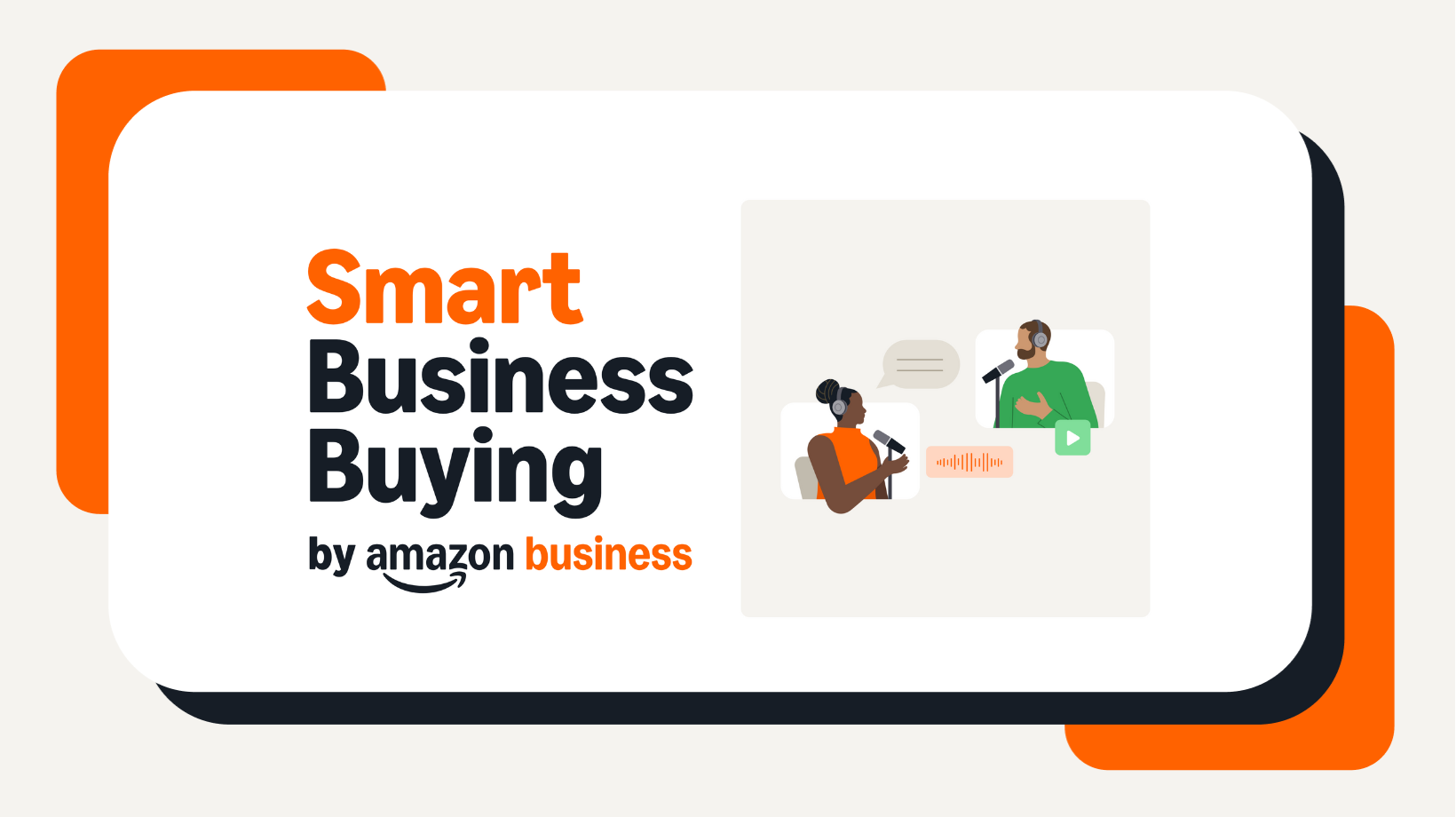Blog

Enterprise, Small & medium business
What is Amazon Business?
With Amazon Business, organizations of any size can simplify buying and drive toward their next stage of growth.

Podcast
Smart Business Buying Podcast
Hear from industry experts and leaders as they share trends, stories, and tools for smarter purchasing.
Catch up now




Customer stories
Discover how organizations of all sizes and industries are using Amazon Business to streamline purchasing and make smart business buying decisions.
Learning hub
Learn how to get the most out of Amazon Business tools and features.



